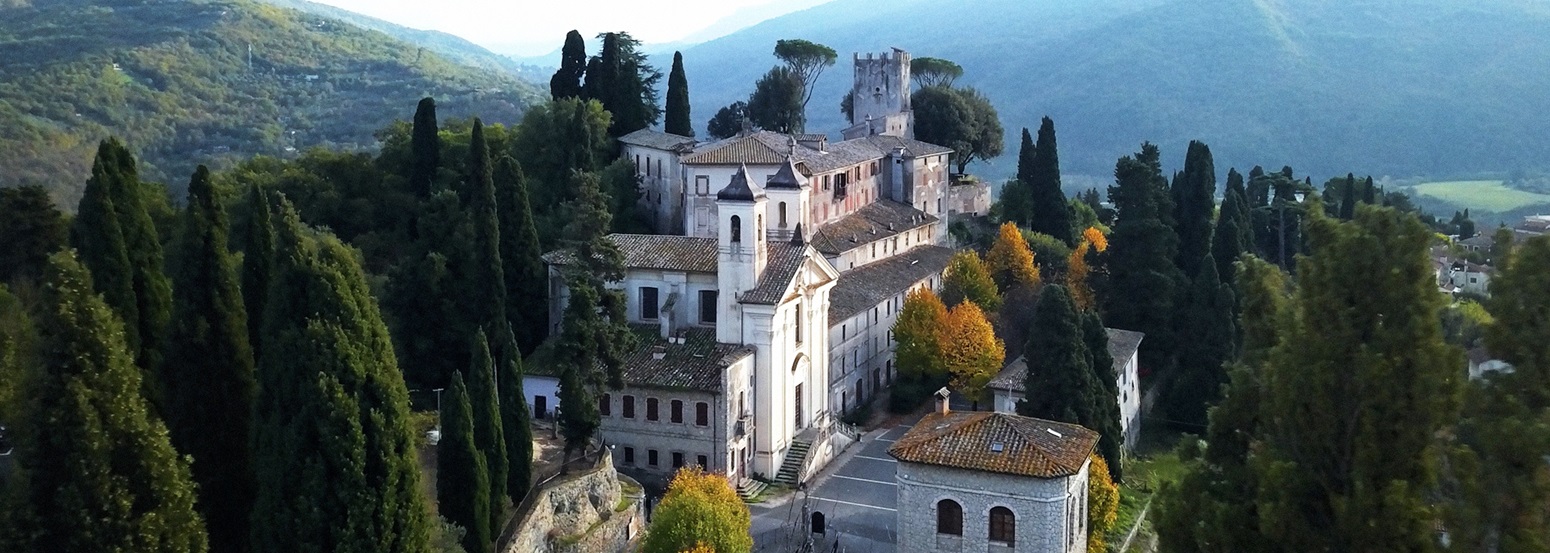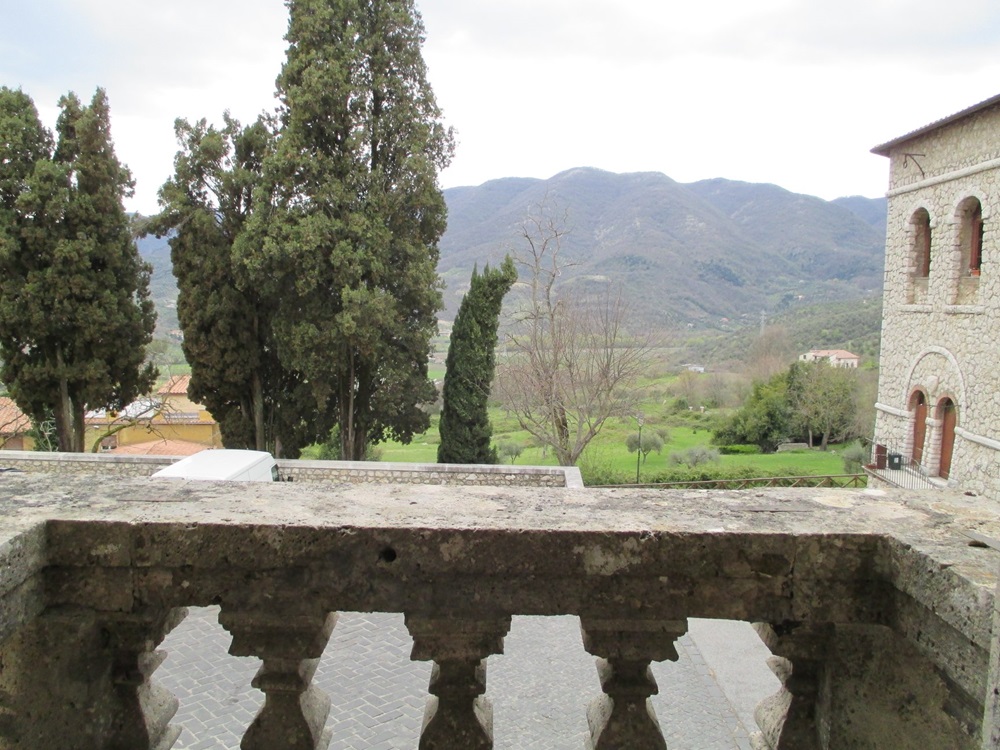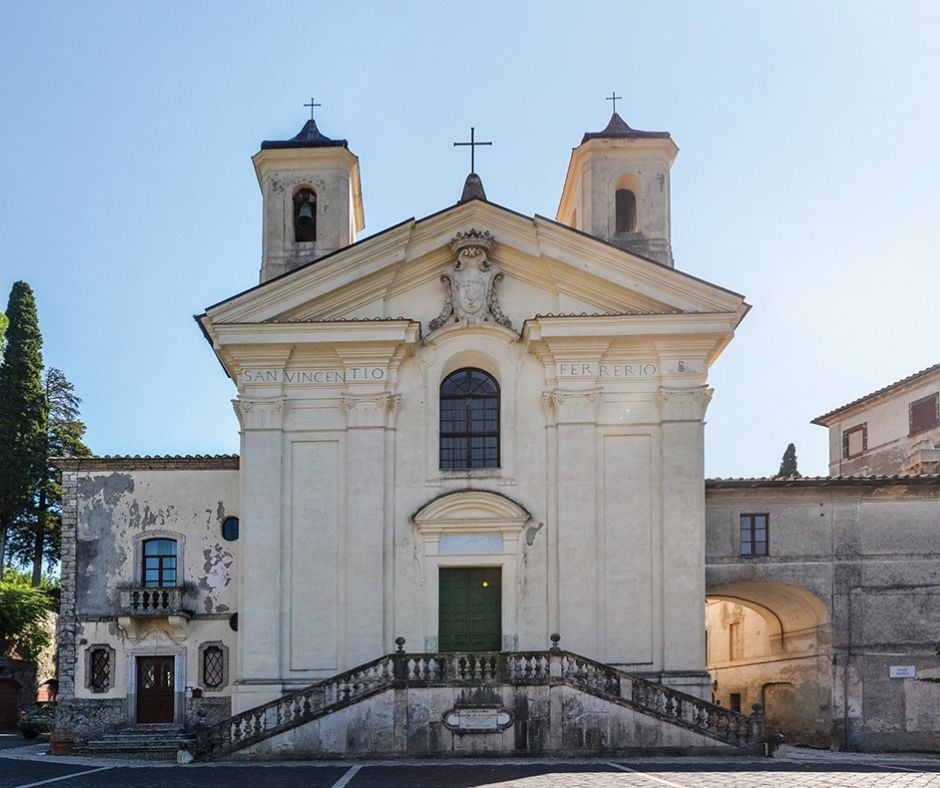The village of Mandela, in the heart of the Aniene Valley, was already known at the time of Horace, who mentioned it in one of his letters in the first century BC.

Mandela, nestled in the Aniene Valley
Its enchanting geographical setting allowed the monitoring of those traveling to Rome for commercial activities.
Mandela only regained this name after 1870. In the Middle Ages, when the fiefdom was granted by Pope Celestine III to the Orsini family, it was called Cantalupo Bardella. In 1650, it passed from the Orsini to the Nunez family, and, in 1814 to the Marquises of Gallo di Roccagiovine. In the mid-nineteenth century, Giulia Bonaparte created here a literary salon frequented by artists, painters, and culture enthusiasts. Renowned attractions in Mandela are the Castello del Gallo and the Church of the Patron Saint, San Nicola.

The magnificent Castello del Gallo and its gardens
The castle, today still a property of the Marquises, boasts Roman and Medieval origins. The interior preserves frescoes, paintings, and furniture from the eighteenth century. Guided tours of the castle and its gardens offer visitors a unique, timeless experience.

A view of the Gardens of Horace – FB Photo Castello del Gallo
Among the threes along the Licenza River, we can still follow the path, celebrated by the poet Horace for its beauty.
In the following centuries, the Castello del Gallo became a destination for travellers, poets, and writers on the Grand Tour, such as Jakob Philipp Hackert, Jean-Baptiste Camille Corot, and Wolfgang Goethe. The latter stayed here for a certain period and the so-called “Goethe Lodge” was dedicated to him.
Next to the castle stands the Church of San Vincenzo Ferrer, the Spanish preacher of the Dominican Order, known for his key role in the European politics of the time. Inside the building, we can admire frescoes and works of art, as well as the Crypt of the del Gallo family.
Guided tours of the castle are organised every Friday, Saturday, and Sunday from 10:00 am to 6:30 pm.

The Church of San Nicola a Mandela – Photo FB Visit Mandela
The patronal Church of San Nicola is one of the oldest buildings in Mandela. One of the first historical references to the Church is to be found in the Papal Edict from June 13, 1213, issued by Innocent III.
Among Mandela’s typical products, worth tasting is polenta with sausages and spareribs. This dish is celebrated during the Polenta Festival in winter.
Mandela is located on the eighth stage of St. Benedict’s Way.
